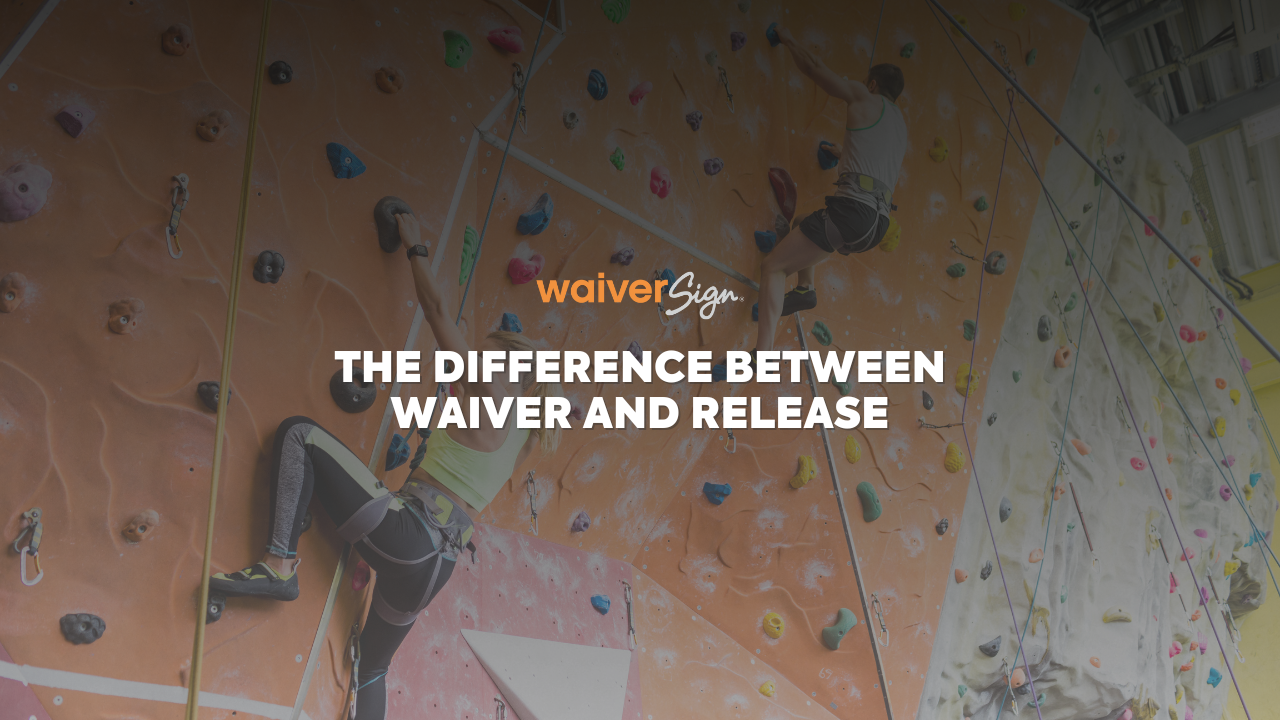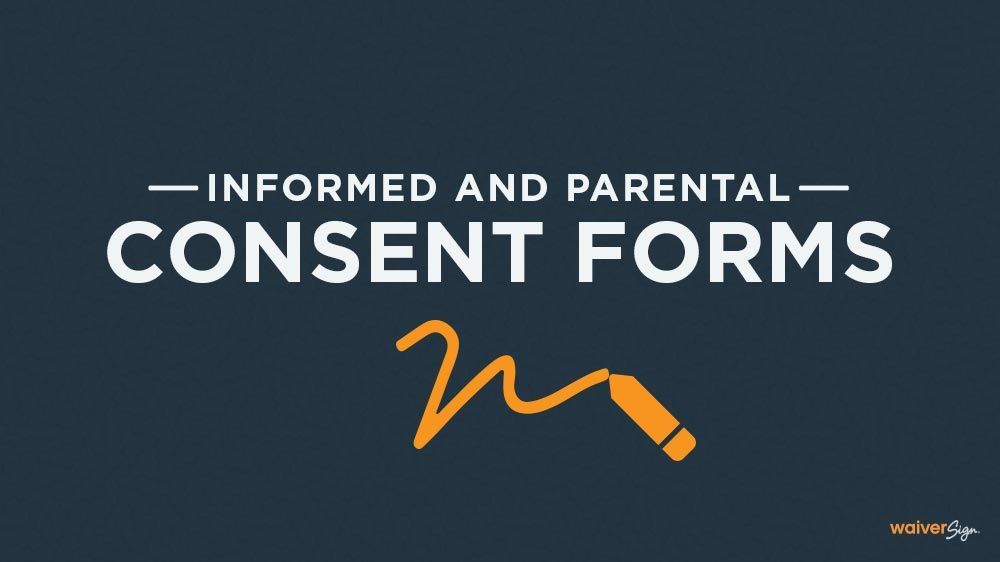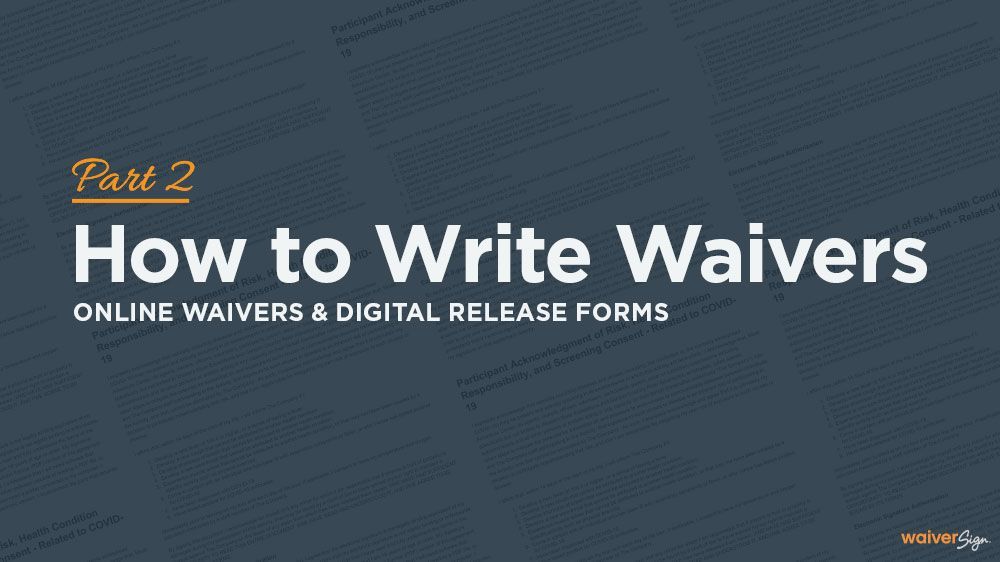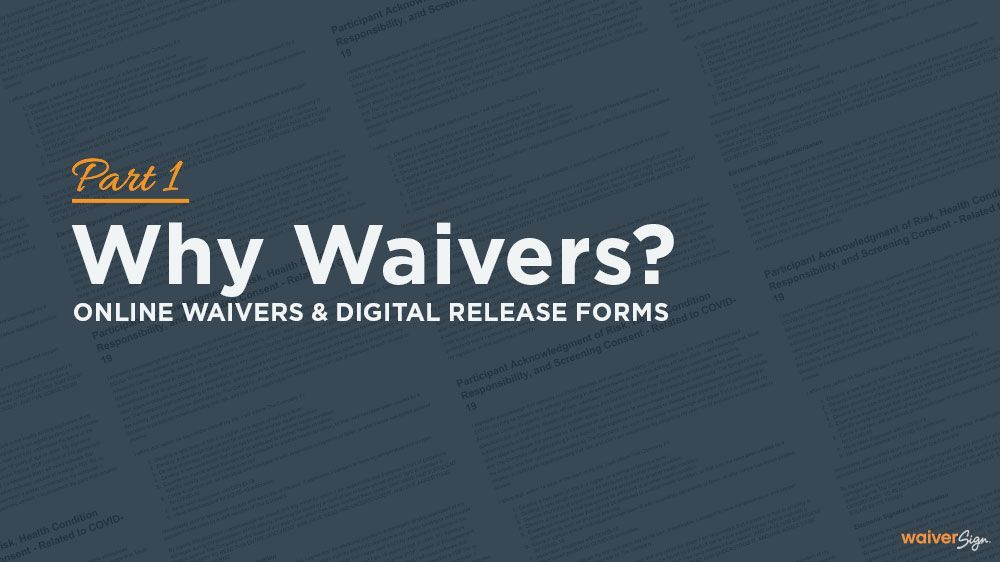Liability Waiver Best Practices

Leah Corrigan
While ensuring that you have a well-drafted, accurate, and legally compliant liability waiver or release is important, an often overlooked issue is how organizations actually use the waiver in their day-to-day operations. If a business’s liability waiver process is inconsistent with the concepts of full and fair disclosure of the limits of your liability, the effectiveness of your waiver could be undercut.
Below we will discuss the following five tips for the effective deployment of a liability waiver:
- Provide the liability waiver ahead of time
- Use a normal font size and style
- Don’t intermingle the waiver with other registration materials
- Train your staff not to explain or interpret the liability waiver for customers
- Pay attention to red-flags when participants review your waiver
1. Provide The Liability Waiver Ahead Of Time
While there are no uniform or hard and fast rules regarding the length of time a person who signs a waiver should have to read it, you should ensure your customer has sufficient time to read and understand the terms of the waiver.Utilizing an electronic waiver service like WaiverSign is a good way to provide the waiver electronically before your customer arrives, allowing them sufficient time to fully review the waiver. Following this practice will eliminate any argument from a future plaintiff that they were rushed and didn’t understand what they were signing.
2. Use A Normal Font Size And Style In Your Waiver
A liability waiver is a binding legal contract. It likely contains provisions wherein a person who may be injured by your negligence agrees not to sue you if they are hurt or killed. As a trial lawyer, I don’t want to be defending a liability waiver in court that has a silly font, or a tiny text size that is illegible. I want the jury or judge to know that as an organization or business, you treat your liability waiver as the serious document that it is.
3. Don’t Intermingle The Waiver With Other Registration Materials
Avoid the temptation to combine registration materials, medical questionnaires, or other information within the same document as your waiver. For the same reasons as described in number 2, above, you do not want to appear to “bury” the waiver provisions within less important documents. A liability waiver is a serious legal contract – it shouldn’t be disguised, buried, polluted, or otherwise made less obvious to your customer by lumping it in with other documents.
4. Train Your Staff Not To Explain Or Interpret The Liability Waiver For Customers
It is human nature, particularly in service-based businesses, for staff to want to give customers the answer they are looking for. It is unrealistic to expect staff to give the correct legal answer to a customer asking about waiver provisions, and an answer inconsistent with the written waiver can create serious problems in the event of a lawsuit. If a customer has concerns about the waiver and wishes to discuss it, that discussion should be with a manager or owner who has been trained by an experienced lawyer in how to respond to waiver questions. Providing the waiver well ahead of time will make this process easier, and give you time to consult with your lawyer if a difficult question arises.
5. Pay Attention To Red-Flags When Participants Review Your Waiver
If you have a customer who, after reviewing your waiver, expresses trepidation or worry about engaging in the activity or experience or waiving their right to sue, this should raise a red flag. Some customers who are uncomfortable with or unwilling to assume the risks of the activity or experience should be let go. If you begin to feel that you are trying to talk someone into signing your waiver, pay attention to that red flag.
Following these five best practices for liability waiver deployment will help ensure that your liability waiver is more effective in the event of a lawsuit.
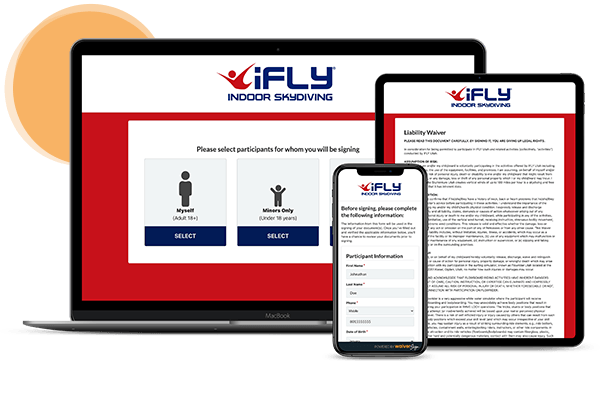
See If WaiverSign Works For You
Don't wait to make the next step in streamlining your business.
SHARE THIS BLOG POST


